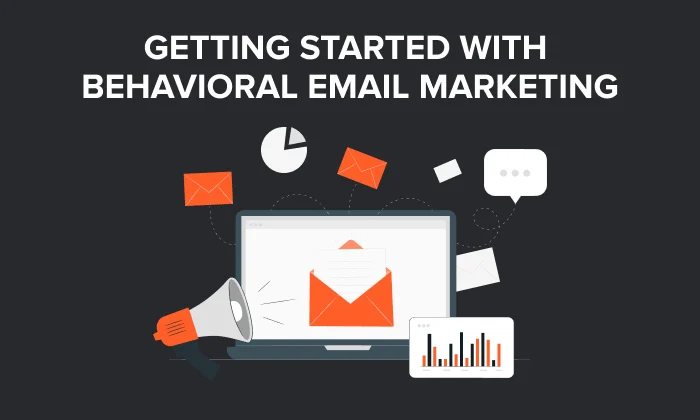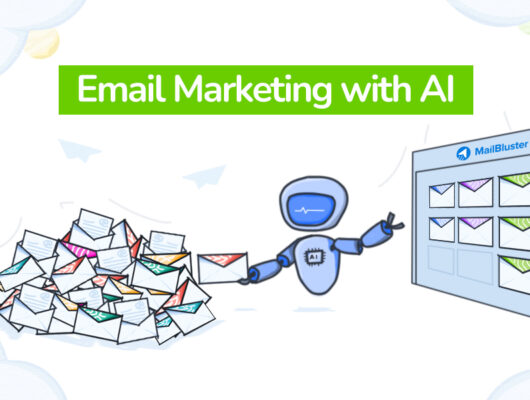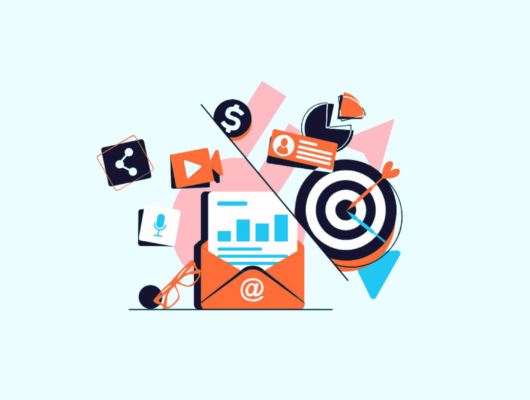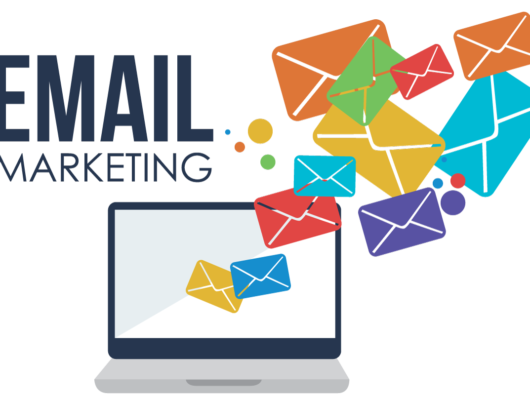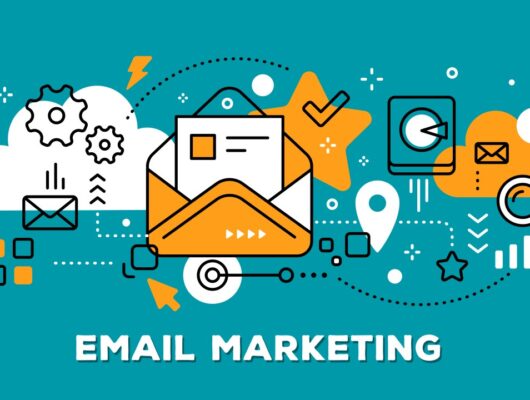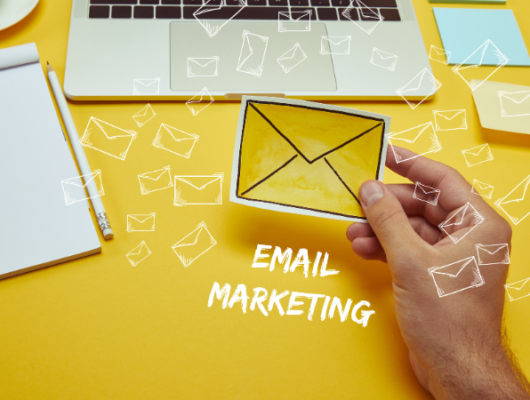In the world of email marketing, generic, one-size-fits-all messages are no longer enough to capture the attention of customers. With increasingly sophisticated tools and data, marketers now have the opportunity to send highly targeted and relevant messages based on individual customer behaviors.
This approach is known as behavior-based email marketing, and it has proven to be one of the most effective ways to increase engagement, drive conversions, and foster long-term customer relationships.
In this article, we’ll explore what behavior-based email marketing is, why it’s essential, and how you can implement it in your own email campaigns to drive better results.
1. What is Behavior-Based Email Marketing?
Behavior-based email marketing is a strategy that involves sending targeted emails to customers based on their specific actions or behaviors. These actions can include interactions with your website, past purchases, email activity, or social media engagement. The goal is to send the right message at the right time to increase the likelihood of a desired outcome, such as a purchase, sign-up, or engagement.
Instead of sending the same email to every subscriber, behavior-based emails are personalized based on what a customer has already done. This makes the email feel relevant and timely, as opposed to a generic, broad message.
2. Why Behavior-Based Email Marketing Matters
The main advantage of behavior-based email marketing is its ability to deliver content that feels relevant and tailored to the individual recipient. Here’s why this approach is essential:
a) Highly Targeted Communication
When you send an email based on a customer’s behavior, you ensure that the content is highly relevant. For example, if a customer recently browsed a particular product on your website, you can send them an email about that product or similar items, creating a seamless experience for them.
b) Increased Engagement
Behavior-based emails lead to better engagement because they address a customer’s interests and needs at the right moment. When customers receive content that is relevant to their recent activities or preferences, they are more likely to open the email, click through, and take the desired action.
c) Improved Conversion Rates
Behavioral targeting increases conversion rates by providing customers with exactly what they’re looking for, right when they need it. If a customer has abandoned a shopping cart, sending a reminder with a discount or a compelling reason to return increases the chances of completing the purchase.
d) Customer Retention and Loyalty
Behavior-based email marketing also helps improve customer retention by building trust and showing customers that you understand their preferences. Sending personalized messages that match their behaviors shows you value them and their needs, fostering loyalty over time.
3. Types of Behavior-Based Emails You Can Send
Behavior-based email marketing encompasses a variety of email types, each targeting specific actions or behaviors. Let’s look at some of the most effective behavior-triggered emails:
a) Welcome Emails
The first email a customer receives after signing up for your newsletter or creating an account is crucial. A welcome email sets the tone for the relationship and often has the highest open rate among all types of marketing emails. This email can be based on the behavior of a new subscriber or customer, welcoming them and offering incentives like a discount or a free resource.
Example:
“Welcome to [Brand Name]! Here’s 10% off your first purchase as a thank you for signing up.”
b) Abandoned Cart Emails
Abandoned cart emails are one of the most common types of behavior-based emails. They are triggered when a customer adds items to their cart but doesn’t complete the checkout process. These emails remind the customer of the items they left behind and often include incentives like discounts, free shipping, or social proof (e.g., reviews) to encourage the customer to complete the purchase.
Example:
“Oops! You left something behind. Complete your purchase within the next 24 hours and save 10% on your order.”
c) Browse Abandonment Emails
Similar to abandoned cart emails, browse abandonment emails are sent when a customer views a product or category but doesn’t take action. These emails can suggest the items they viewed or offer similar products, enticing them to return to the website.
Example:
“We noticed you were interested in [Product Name]. Take another look – it’s waiting for you!”
d) Post-Purchase Follow-Up Emails
After a customer makes a purchase, a post-purchase follow-up email can serve multiple purposes: thanking the customer for their purchase, suggesting complementary products, and asking for feedback or a product review. These emails are highly effective at cross-selling and upselling, as they tap into the customer’s recent buying behavior.
Example:
“Thank you for purchasing [Product Name]! We thought you might also like [Complementary Product]. Plus, enjoy 15% off your next order!”
e) Re-Engagement Emails
Re-engagement emails are triggered when a customer hasn’t interacted with your brand in a while. These emails are designed to win back dormant customers by offering them incentives or reminding them of what they’re missing.
Example:
“We’ve missed you! Come back to [Brand Name] and enjoy 20% off your next order.”
f) Event-Triggered Emails
If a customer participates in a promotion, enters a contest, or attends a webinar, you can send follow-up emails based on their participation. For example, sending an email to attendees of a webinar with links to additional resources or exclusive offers is a great way to keep the engagement high.
Example:
“Thanks for joining our webinar on [Topic]. Here are the slides and a special offer for your next purchase!”
4. How to Implement Behavior-Based Email Marketing
To implement behavior-based email marketing effectively, you need to focus on the following key steps:
a) Collect the Right Data
Behavior-based email marketing relies heavily on data. Collect and track data related to customer interactions on your website, such as:
- Pages viewed
- Products clicked
- Time spent on site
- Cart additions and removals
- Past purchases
- Email opens and clicks
By tracking and analyzing this data, you’ll be able to segment your audience and send highly targeted messages based on specific behaviors.
b) Set Up Automated Triggers
Behavior-based emails work best when they are automated. Use email marketing platforms like Klaviyo, Mailchimp, or ActiveCampaign to set up automated triggers based on customer actions. For example:
- If a customer abandons their cart, send a series of cart abandonment emails.
- If a customer has been inactive for a certain period, send a re-engagement email.
- If a customer makes a purchase, send a follow-up email with complementary product recommendations.
c) Segment Your Audience
Not all customers are the same, so it’s essential to segment your audience based on their behaviors. You can segment customers by:
- Purchase history (e.g., frequent buyers, one-time buyers)
- Browsing behavior (e.g., viewed but didn’t purchase)
- Email engagement (e.g., highly engaged vs. dormant)
- Recency of interaction (e.g., recent activity vs. inactive)
Each of these segments should receive tailored behavior-based email campaigns.
d) Personalize Your Content
Personalization is key to behavior-based email marketing. Use dynamic content, such as the customer’s name, product recommendations based on their past behavior, or specific offers relevant to their interests. This level of personalization enhances the customer experience and drives better results.
e) Test and Optimize
As with any marketing campaign, it’s important to continuously test and optimize your behavior-based email campaigns. A/B test different subject lines, CTAs, email designs, and offers to see what resonates best with your audience. Regularly review your campaigns’ performance and make adjustments as needed.
5. Best Practices for Behavior-Based Email Marketing
- Be timely: Send emails promptly after a relevant customer action (e.g., abandoned cart within an hour).
- Offer value: Always include something of value, whether it’s a discount, useful content, or a personalized recommendation.
- Don’t overwhelm: Avoid bombarding your customers with too many behavior-based emails. Space them out to prevent unsubscribes.
- Use clear calls-to-action (CTAs): Make sure each email has a clear, compelling CTA that guides the customer to the next step.
- Respect customer preferences: Allow customers to update their preferences or opt out of certain types of emails, such as promotional messages or specific product categories.
Conclusion: Unlock the Power of Behavior-Based Email Marketing
Behavior-based email marketing is a powerful tool that allows businesses to deliver highly relevant and personalized content to their customers.
By sending the right messages at the right time, businesses can increase customer engagement, drive conversions, and foster long-term loyalty.
By leveraging customer data, setting up automated triggers, and continuously optimizing your campaigns, you can unlock the full potential of behavior-based email marketing.
The key to success lies in understanding your customers’ needs and preferences and using that knowledge to create meaningful, timely interactions.
Start implementing behavior-based emails today, and watch your email marketing campaigns drive better results and stronger customer relationships.


